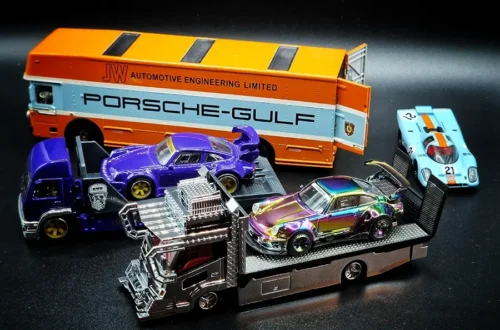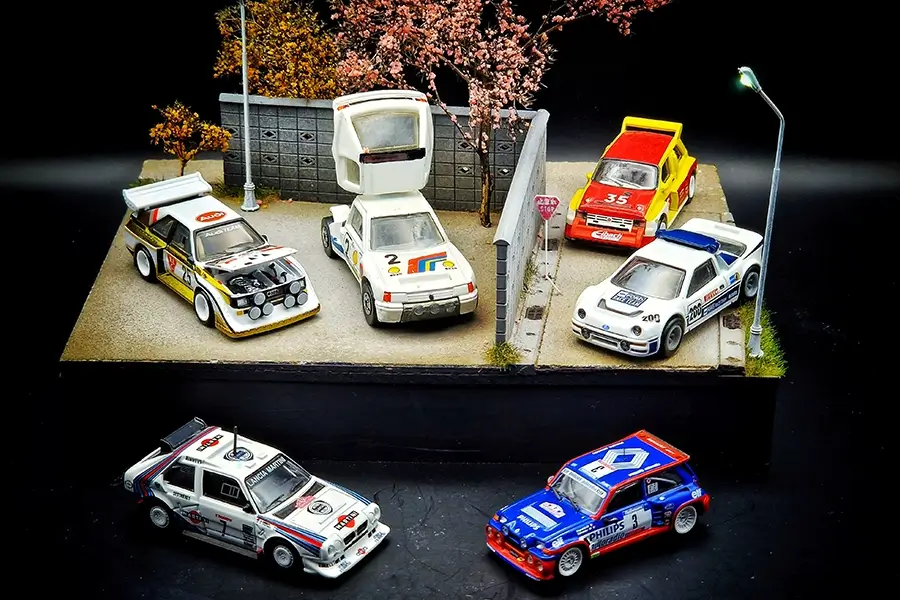
The most legendary rally cars of all time – Group B FEATURETTE
Group B Monsters:
The ultimate era: more than 30 years ago, Group B rally cars created an unrivalled state of emergency and excitement in the WRC. In 1986, the Group B cars started their final season at the Rally Monte-Carlo. The era of these racing cars, which had virtually no engine restrictions, is still regarded by most rally fans as the only true era of the World Rally Championship. Between 1982 and 1986, almost anything was allowed in this class. Performance increased so dramatically that the WRC soon rivalled Formula 1 in terms of popularity and power. But there were serious accidents and in 1986 the whole thing was put to a stop. Although the class was buried more than three decades ago, the racing cars with up to 600 hp live on in the collective memory of rally fans. So do we, because in this article we're highlighting the 6 most legendary vehicles from this era with the kind help of manufacturers such as Hot Wheels, Tarmacworks and CMS. Thanks to these companies, we finally have all the legends in 1:64 scale in our collection, including the brand new Hobby64+ model of the Ford RS200 from Tarmacworks!
1) Audi Sport Quattro S1 1985

There were several cars that significantly changed the WRC, but no car can hold a candle to the Audi Quattro to this day. At the beginning of the 1980s, many WRC teams did not believe in the advantages of an all-wheel drive car. The belief was that the weight and susceptibility to faults of the system would reduce the supposed advantages to almost zero. Audi Motorsport took a different approach and proved as early as the 1980 debut (not Group B) that well-built all-wheel drive technology was the future. When Audi then optimised the car for Group B and had no power limit, they were able to fully exploit the advantages of all-wheel drive. First came the A1, then the A2 and the Sport Quattro was the pinnacle of development in all-wheel drive cars. Walter Röhrl described it as the most extreme car he had ever driven. The car cannot be compared with anything else.

The Audi sprinted from 0 to 100 km/h in just 2.9 seconds. The official data sheet not only reveals a rated output of around 530 hp, but also the next peak value: After just ten seconds, it was already travelling at 200 km/h. But it went even faster, because the final state of the engine in the E2 allowed an output of up to 600 hp at 1.8 bar boost pressure. In 2025, Hot Wheels released the S1 as a premium model with rubber tyres, metal base, high level of detail and opening bonnet and engine details. This was part of Mattel Creations, where exclusive models are offered for sale to Premium Membership subscribers practically every week. A fantastic model! The only drawback? For licence reasons, only very few sponsors are printed compared to the original.
2) Lancia Delta S4 1985

When Lancia entered Group B with the marvellous 037, they immediately had the hearts of the fans on their side. But when the four-wheel drive cars took over from the rear-wheel drive cars in 1985, it was time for the Italians to launch a new competitive car. It was the birth of the Delta S4, which was equipped with turbo, extra charging and four-wheel drive. Henri Toivonen drove the car to victory in its first two outings and Lancia was back in business. However, the Italians could not enjoy the success of the 550hp Delta S4 for long. Toivonen lost control of the car in Corsica and crashed down the slope. The car burst into flames and the driver and co-driver Sergio Cresto could only be recovered dead.
This crash brought Group B - in which there had already been brutal accidents involving spectators - to an end. The FIA decided to change the rules for the cars so that the class no longer had a future. The season was finished and the S4 won three more times in the 1986 season, even after Toivonen's death. Lancia then entered a slimmed-down version in Group A, where the Delta developed into one of the best cars in rally history.
The manufacturer CMS offers both 1985 and 1986 versions of the S4, which are practically indistinguishable from each other. Both come in the Martini look but with different starting numbers and slightly different sponsors. So far, CMS was the first and only manufacturer to release the Delta S4 as a 1:64 miniature model. As a result, such models are highly sought after and can hardly be found online for less than $45!
3) Peugeot 205 T16 1985
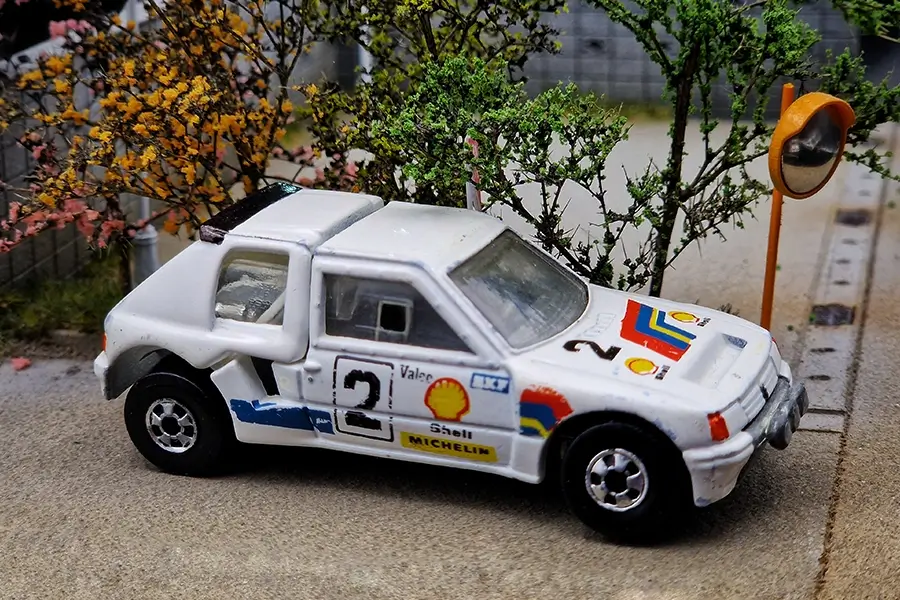
When the Peugeot 205 T16 entered the 1984 World Rally Championship in the middle of the season, the car quickly became the new benchmark in Group B. At its debut at the Corsica Rally - after just two test sessions - the car took its first stage win. In the following races, the 205 T16 was the fastest car at least once or twice on individual stages during the race week. In addition to material, Peugeot had of course also invested in legendary men behind the wheel and Ari Vatanen, Michèle Mouton and Juha Kankkunen went down in motorsport history with this car. The Peugeot 205 T16 was regarded as the WRC superpower car in the mid-80s.
Hot Wheels and Matchbox both released this model under the name 205 Rallye in a colour scheme to match the original, even black wall wheels on the Hot Wheels version. Both Matchbox and Hot Wheels allow the tailgate to be opened completely, just like the original, to show us the details of the engine. Hot Wheels has released very few French models in its career. This makes us all the happier that this legendary vehicle is among the few releases!
4) Ford RS200 1986

Before the RS200, Ford had tried in vain to achieve success in Group B with the rear-wheel drive Escort RS1700T, but in 1983 it was no longer able to counter the all-wheel drive cars of the competition. Two years later, Ford surprised the competition with the RS200, which had four-wheel drive, a fibre-glass chassis (from Reliant) and an engine that delivered 400 hp. However, as the RS200 only had a single turbocharger, even with 400bhp it was inferior to the competition. Although the RS200 was not the pike of Group B, it was one of the heroes of Group B precisely because of its special design and later successes in the Rallycross class. Ford would certainly have developed the car further and it was unable to realise its full potential, as Group B was already history a year later.
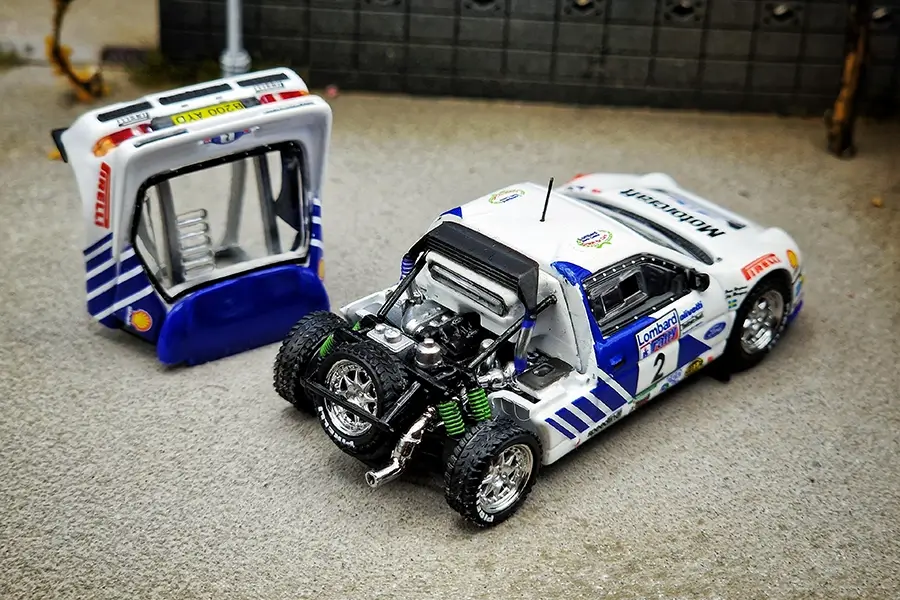
In addition to several Hot Wheels models, including Premium and HW ID, Tarmacworks also recently released the RS200 in 1:64 scale. Like the Lancia 037 before it, this model is also part of the Hobby64+ range. Although this is by far the most expensive version of the Tarmacworks line, as these models are even more detailed, they are convincing with hinged or even removable bonnets, as here. One quick look is enough to tell you: Tarmacworks has outdone itself again here! Reason enough to honour this fantastic model in a separate video later this year!
5) MG Metro 6R4
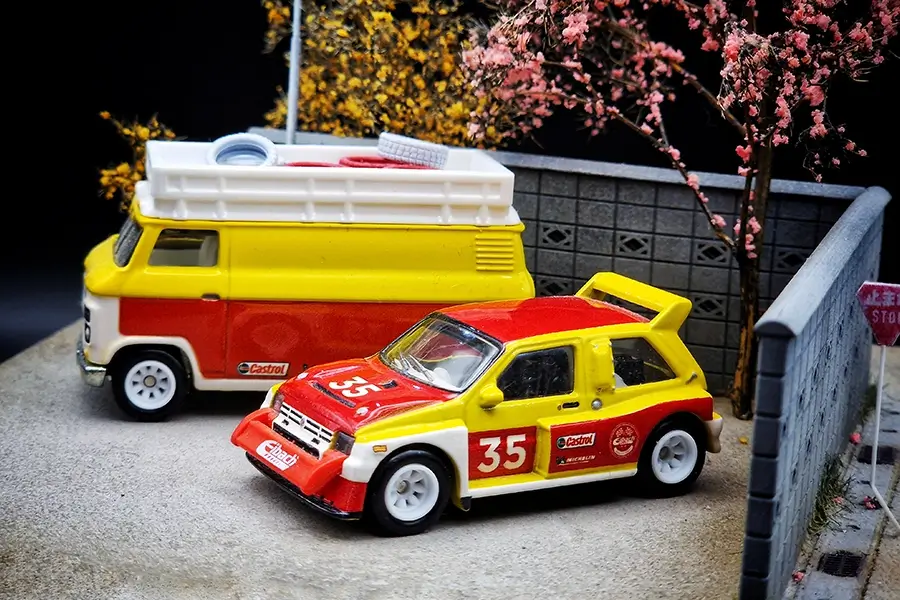
The MG Metro 6R4 from Austin Rover was the last car to enter the Group B party, but that doesn't mean it was bad. Developed by the Williams F1 team, the Metro had an incredible 410bhp hidden in the V6, even without a turbo, with an engine of only 2.9 litres. The engine was later used in the Jaguar XJ220 supercar and was state of the art for the time.
As the Metro was quite compact but had a lot of horses under the bonnet, it was extremely difficult to move. It was also not the most reliable car in the field. Despite these adverse circumstances and its short career, the 6R4 managed to win the hearts of rally fans.
So far there are 3 different colours of the MG Metro from Hot Wheels to collect. The first model was released in 2022 as Team Transport, a quasi model together with service cars in red and yellow with matching sponsors. As usual with Hot Wheels, we have not included all sponsors in terms of licences, especially alcohol and cigarette sponsors are missing. This also applies to the Collector's Set version of 2023 (actually Rothmans) and the latest 2025 livery from the Hammer Drop Car Culture Premium Set, which is also kept as close as possible to the original.
6) Renault 5 Turbo MAXI "Tour de Corse"

Unlike its rivals, the Renault 5 Turbo was already active before Group B at the beginning of the 1980s, albeit as a well-behaved Group 4 variant. The concept of building a mid-engined rally car on a small car or a compact class vehicle proved to be groundbreaking for this sport in the 1980s. Peugeot, Lancia and Austin Rover also followed this path. However, unlike their cars - as well as the front-engined cars from Audi - the Renault 5 Turbo lacked the decisive technical feature that characterised the most successful cars of the Group B era: four-wheel drive. Nevertheless, the vehicle won three world championship races between 1982 and 1986. The most powerful "Tour de Corse" version still produced 350 hp with its small 1527 cm3 engine. Better aerodynamics, improved suspension and a low weight were a successful concept. Hot Wheels has already released the Turbo 5 of the 80s as a model, as well as Majorette with the MAXI Turbo as a Tour de Corse from back then and Tarmacworks, who have provided a considerable collection of Renault 5s. In addition to the road version, this also includes the regular Turbo 5 version from 1981 and 1982 as well as the well-known liveries of the MAXI Turbo from 1985 and 1986, of course with the most important sponsors to round off the realistic overall picture!
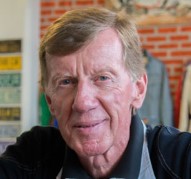


You May Also Like

TWOC MEMBERSHIP 2023 AMG PETRONAS F1 W13 E – Tarmacworks FEATURETTE
December 16, 2023
An automotive Icon turns +30 || McLaren F1 RED LINE CLUB FEATURETTE
May 25, 2024